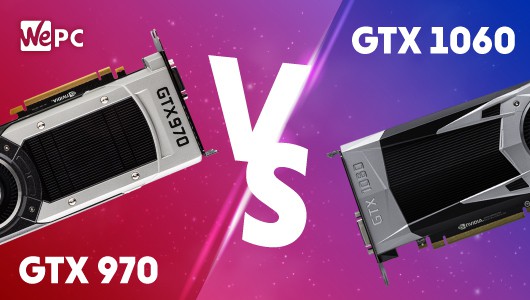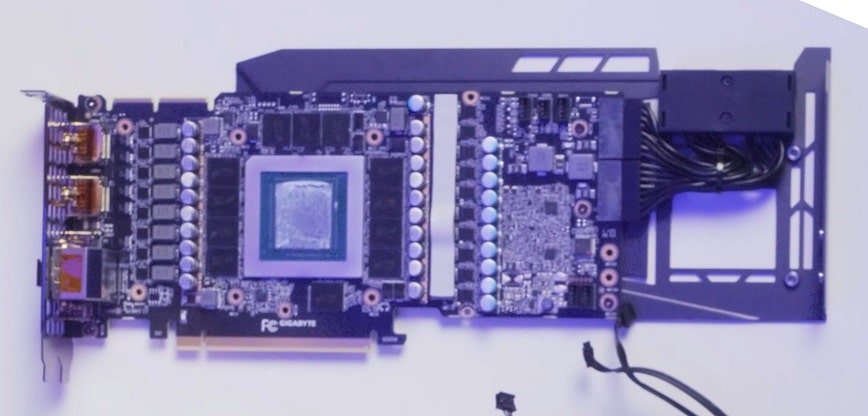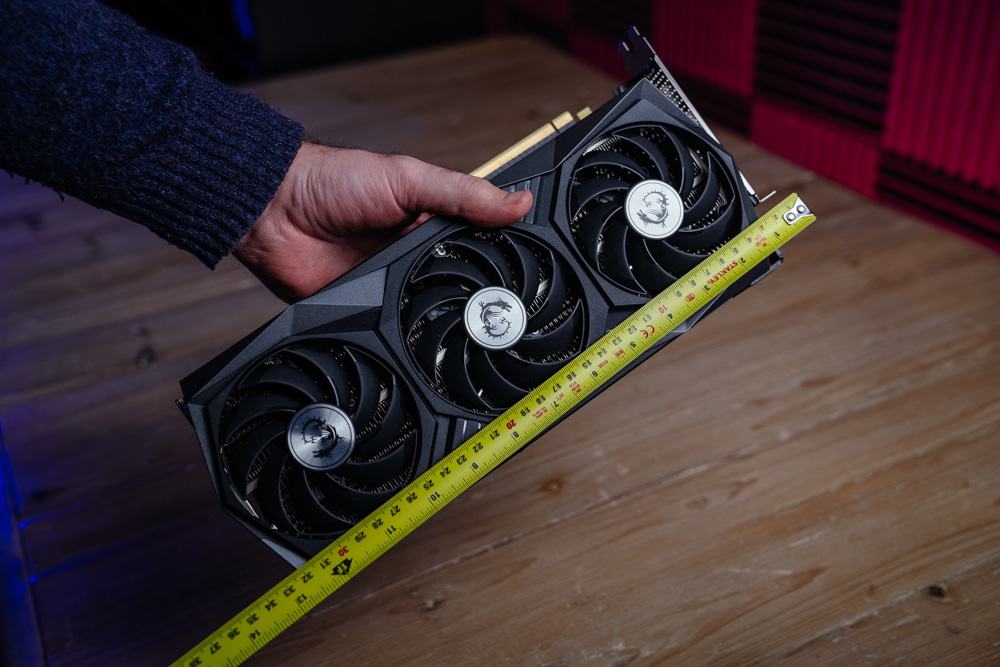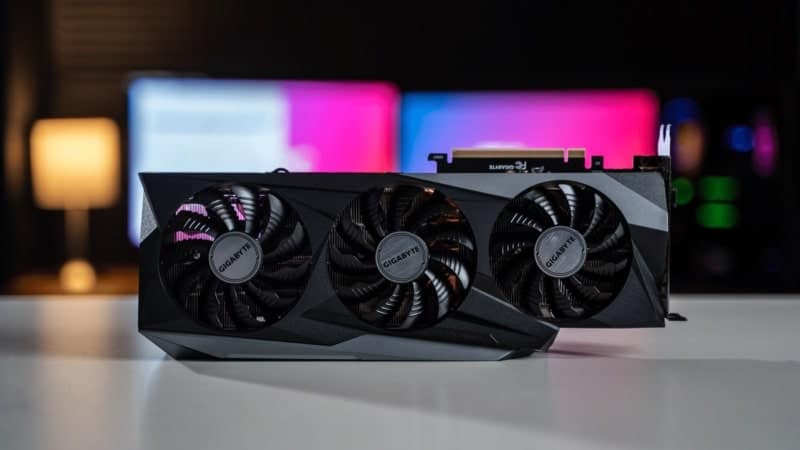GTX 970 vs GTX 1060
This article puts some of Nvidia’s older efforts under the microscope, namely the GTX 970

With so many releases of graphics cards, it can get a bit hard to try to follow which one is better when trying to pick one. So we’ve set out to bring that information in an easy comparison to see the difference between comparative models and see which ones best fit your needs.
If you’re looking at upgrading or first-time buyer, you will benefit from knowing which option is best for you with our comparisons. These cards are older models but they’re still plenty powerful especially with the current market situation.
No items found.
Architecture
Being from completely different GPU families, there are some serious differences between the 970 and 1060’s microarchitecture. The GTX 900-Series was the first and only GPU family to be built on Nvidia’s Maxwell architecture, showing a marked improvement in graphics capabilities and energy efficiency.
The GTX 10-Series, on the other hand, features the GP106-400-A1 variant of Nvidia’s much-beloved Pascal microarchitecture that enhanced performance by a proportionally larger degree than Maxwell did when it succeeded Kepler. It offered improvements in the form of unified memory, twice as many registers per CUDA core, and advanced color compression.
Moving on to the specific variants in question, you’ll see that the 970 actually has the premium on CUDA cores with 1664 to the 1060s 1280; however, If you take into account the improvements made to each Pascal core, the deficit isn’t quite as drastic.
The GTX 970 continues to peacock its bolstered specs, featuring 30% more texture units (104 vs 80), 5.2 billion transistors to the 1060s 4.4 billion, 8 more render units (56 vs 48), 13 SMs to the 1060s 10, and a much more impressive L2 cache (2MB vs 1536KB). Clock speeds, on the other hand, are vastly improved on the Pascal card. From the 900-Series card’s base of 1050MHz and boost of 1178MHz, we move upwards to a base of 1506MHz and a boost clock of 1709MHz.

Cooling
The GTX 970, able to withstand temperatures up to 98°C, pulls 145 watts. A high thermal capacity is great because, being an older card, newer games are really going to push it to its limits. In light of this, even though it has that fairy expansive capacity, it’s definitely worth forking out for optimal cooling systems. With the right setup, you should be able to keep it beneath 70°C under load.
The 1060 doesn’t mind anything up to 94°C, and it can run pretty hot, frequently hitting temperatures between 76-80°C. This is totally within spec, but if you plan on pushing it, we recommend you have at least two intake fans in your case, or better yet, a custom loop.
Dimensions
As you’d expect, the 1060, being the newer bit of tech and running light in terms of architectural components, tends to be the smaller card overall; however, there will be slight fluctuations in size from model to model.
It may be smaller overall, measuring 4.378” (H) x 9.823” (L) x 2-slot (W), as opposed to the 970’s measurements of 4.37” (H) x 10.5” (L) x 2-slot (W), but from die size (398mm2 vs 220mm2) to the 28-nm process size, the 970 is larger than the 1060 in every other respect.

Resolution and Frames Per Second
1080p
The GTX 970 performs admirably in 1080p on max settings. It only pulls the odd 1-2% victory, god bless its silicone soul, falling below the 50fps zone during challenging games such as The Witcher 3, but it pumps out some serious frames on certain titles. During CSGO and League of Legends, it breaks the 100fps average with no problems at all, and during Minecraft, it hits an impressive 189fps.
We are, of course, being kind, as truthfully, it’s a win for the 1060 and its Pascal architecture. Performing particularly well in World of Warcraft, earning a 21% victory, then gaining another promising 17% win during The Witcher 3, the 1060 clinches a 7% 1080p triumph.
1440p
It’s not just the 970 that doesn’t like 1440p. Across a number of games, you can expect both of these cards to fall beneath the 50fps threshold. The 1060 hangs in there a little closer, though, with an average of 48.7fps, claiming another resolution, this time by 8%.
4K
Give up hope yee that follow these cards beyond this point! 4K had only existed in televisions for 2 years before the 900-Series was released, and the 1060 just isn’t really equipped to handle the pixel-heavy workload.
A GTX 970 in 4K will achieve averages in the realm of 27.6fps. It’s not really practical on any level to try this. We were just impressed it didn’t melt! The 1060 will almost certainly fall below the 30fps zone in 4K, but that’s enough to claim a dwindling 4% victory.
Ray Tracing
Needless to say, neither of these GPUs feature RT cores, which means they don’t have ray tracing abilities. That privilege is reserved for the RTX family of GPUs alone.
It’s different from hardware ray tracing, but if you really wanted to give it a go, you can turn on software ray tracing on GTX cards, but it takes a huge toll in the way of performance. Honestly, the 1060 will suffer under the ray tracing workload, and the 970 will find it even more of a challenge.
VRAM
Interestingly, on the face of it, the GTX 970 has a really impressive memory configuration. Boasting a 4GB GDDR5 buffer, 256-bit bus memory, 224.4GBps bandwidth, and a memory frequency of 1753MHz amounting to an effective speed of 7GBps, it’s really giving the 1060 a run for its money in this category.
The 1060 does have a 6GB GDDR5 buffer, so it wins on that count, but falls behind in other matters such as its 192-bit bus interface, and 192GBps bandwidth. All in all, however, it comes out on top once again with a memory frequency of 2002MHz and an 8GBps effective speed.

Verdict
It’s 1060 all the way, which was always going to be the case, but what surprises us is just how well the 970 holds up, even now. Unlike its little sibling, the GTX 960 that offers bare minimum capacities for modern gaming, the 970 offers relatively high performance at mid to high settings in 1080p. Anything beyond that is asking a bit too much, but it definitely still has a place in PC gaming.
That said, with 1060 prices falling lower than ever, it’s still not worth choosing the 970, even if it puts on a hell of a show. If you’re interested at all in futureproofing or 1440p gaming, the 1060 is still your best bet.

